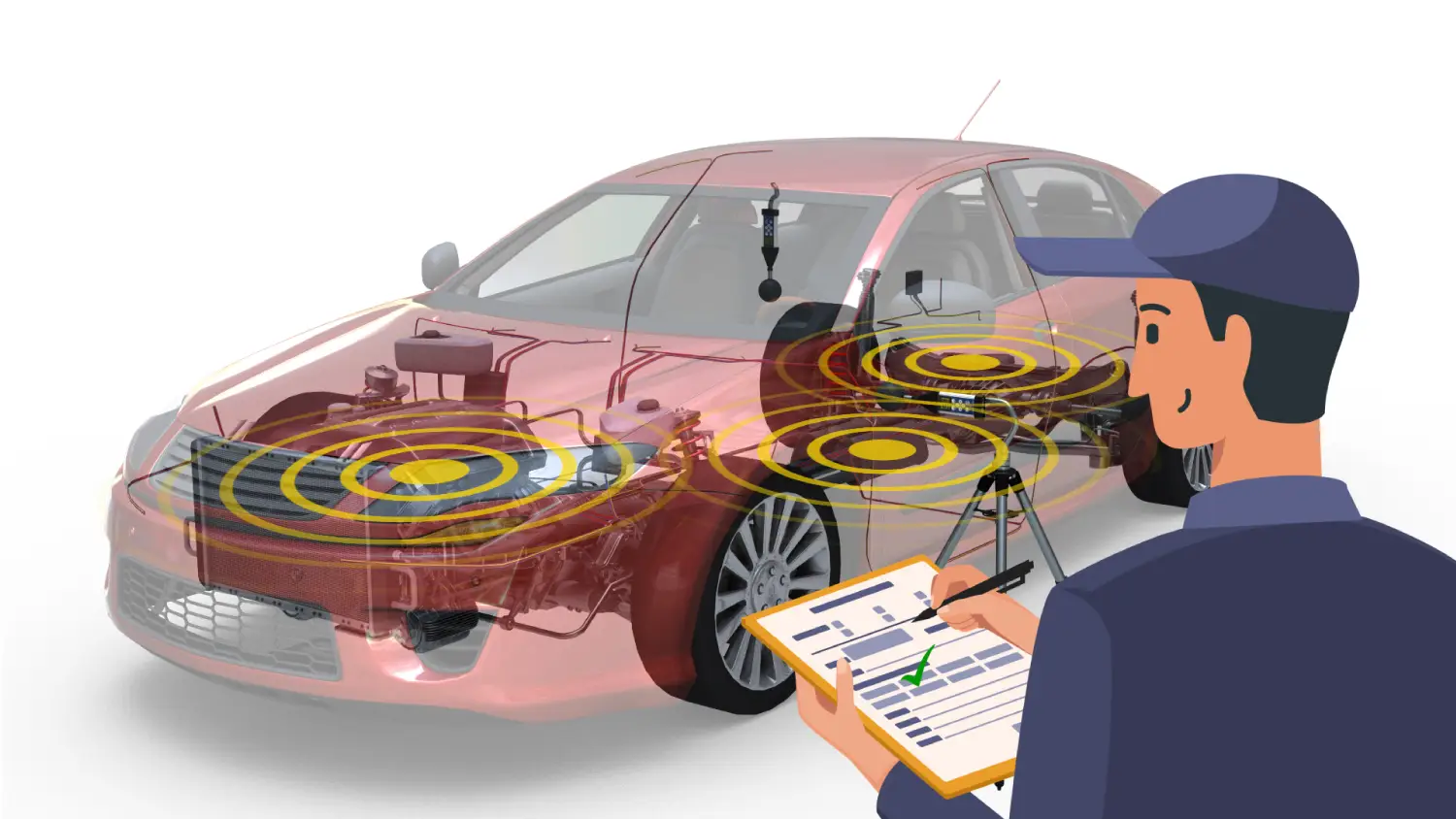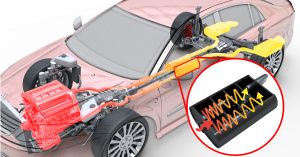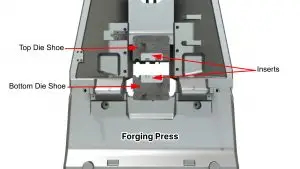Course Description
The THORS Product Noise, Vibration, and Harshness (NVH) Troubleshooting course explores understanding the source-path-receiver network for noise and vibration problems in products and vehicles. Common measuring devices are examined along with the frequency analysis that is performed to distinguish component sounds from one another. The course applies concepts learned and goes through a series of case studies to bring everything together in a highly engaging manner.
Who will benefit from this NVH Troubleshooting course?
Quality, manufacturing, product engineering, designing, testing, application, purchasing, management, and sales functions at organizations that require an understanding of issues that affect the noise, vibration, and harshness or sound quality of a vehicle or product and various components
Course Classification
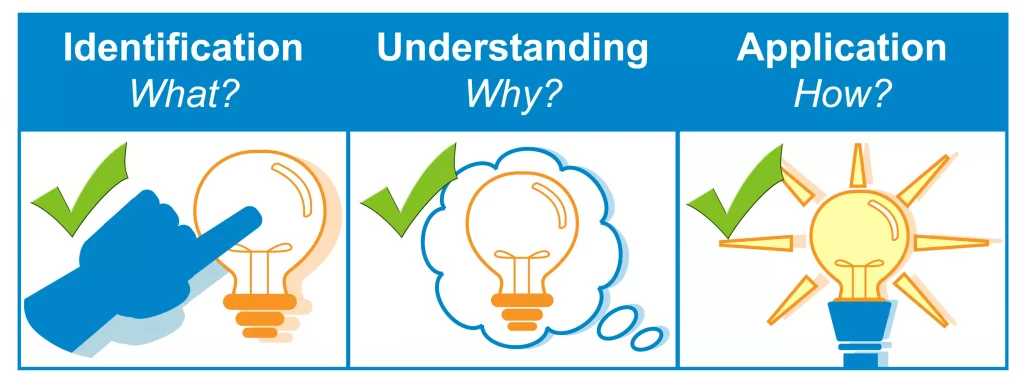
*THORS uses the Bloom’s Taxonomy Methodology for our course development.
Certificate Awarded for Product Noise, Vibration, and Harshness (NVH) Troubleshooting
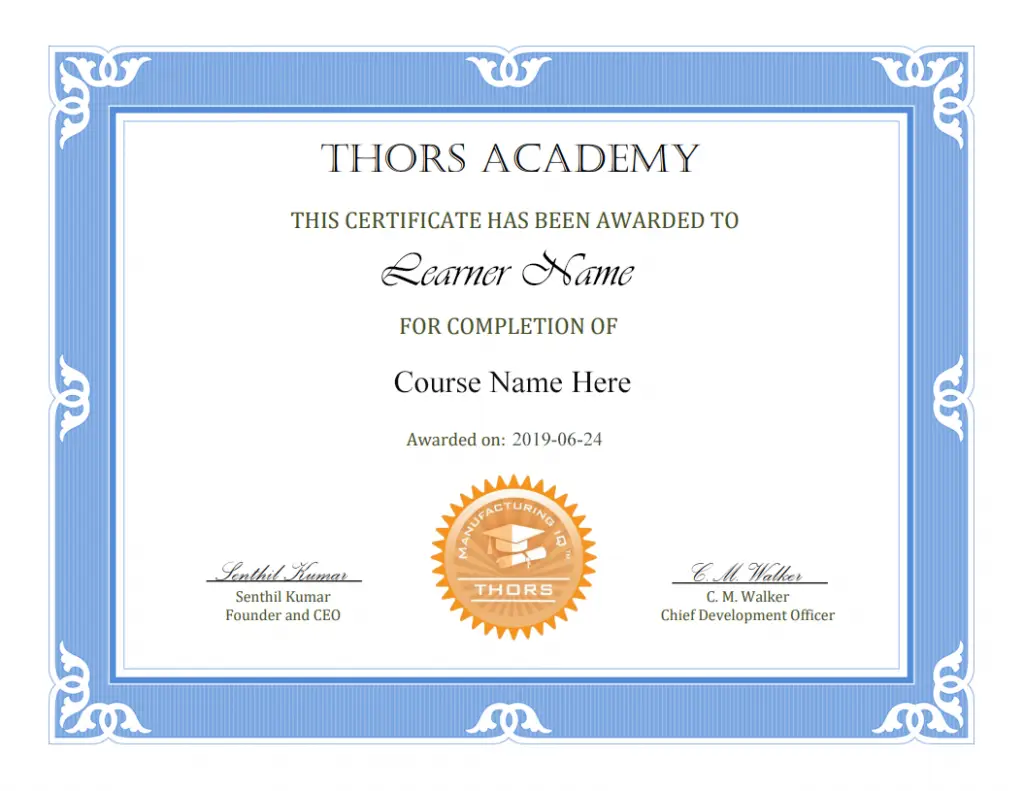
*upon successful completion
Related Posts

How Can THORS Help Enhance Your College Education?
THORS Academy can help enhance your college education in a number of ways. Imagine being in a college class and being told you have a

The Impact of Chassis Design on Vehicle Dynamics and Safety
The chassis system is the fundamental structural framework of any vehicle, serving as the primary load-bearing structure upon which all other automotive systems are integrated.
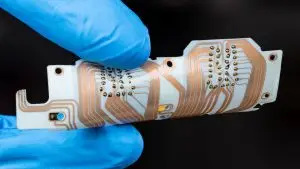
Flexible Printed Circuit Boards (PCBs): Expanding Innovation
Flexible Printed Circuit Boards (PCBs) are expanding the horizons of innovation beyond the limitations of rigid PCBs. In the past, electronic devices were built by

